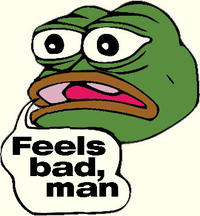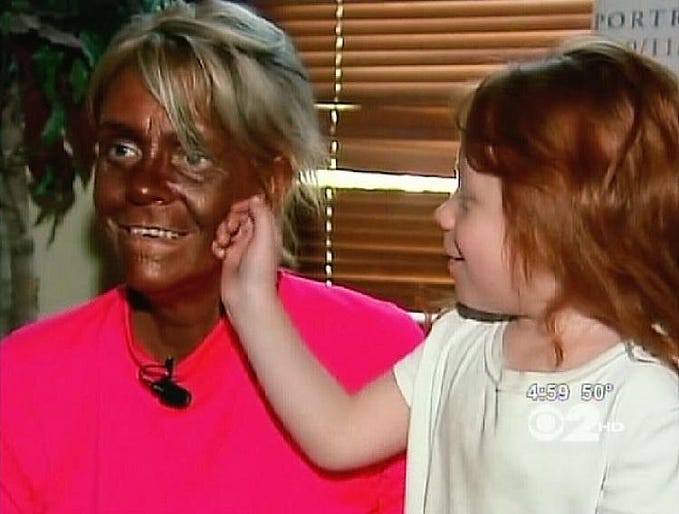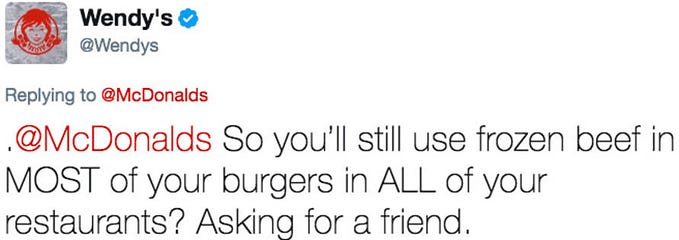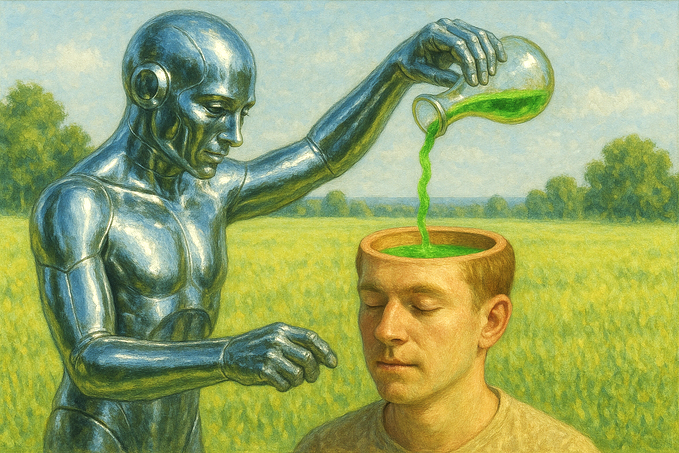Week 3: We Need to Talk About Pepe
Everyone has heard of Pepe the Frog, and even if someone doesn’t know what it’s called they’ve definitely seen it around.

The original image first appeared in 2008 in a webcomic series by Matt Furie, accompanied with the text “feels good man.” It began its journey to meme-dom when Reddit started using it as a reaction image. In 2009 the first variation — a sad Pepe with the caption “feels bad man” — appeared on 4chan.

2009 was also when it earned an entry on the meme-tracking website, “Know Your Meme.” It really took off around 2014 when multiple celebrities including Katy Perry and Nicki Minaj used it in social media posts. That year, the meme spread to Tumblr, Instagram, Facebook, and was even given its own subreddit. (Admittedly, I know next to nothing about Reddit and cannot, therefore, determine if this is a big deal or not.)
From there, more and more variations of the original meme appeared. There was the original flavour, the “feels good man” frog, then the opposite, the “feels bad man” frog, but it didn’t end there. Soon, Smug Pepe appeared:

And Angry Pepe:

And Nu Pepe and its pop culture variations:



There was even a spin-off meme of “Rare Pepes” where pictures of the frog in photos other than its already established variations appeared, often in strange and often reaching Dadaistic levels of absurdity. The goal was to “flood the market and depreciate their value” whatever that means when it comes to memes, but there were literally thousands posted. Someone made an imgur gallery with over 1,200 pictures of the frog on March 31st, 2015, and by April 9th there were over 230 “rare Pepe” listings on eBay.
eBay. Where real money comes into play. What the heck, internet.
(Okay, I promise that next week I will try to keep from posting about Nazis. Really, I do. But they’re everywhere, and they’re ruining too many things that are relevant to this class for them not be discussed.)
In a Daily Beast article published in May 2016, they spoke to a self-proclaimed white supremacist who revealed the recent efforts by him and his type to “reclaim” the Pepe meme from normal people. These efforts apparently started in late 2015 after the meme had gone mainstream. The group, originating from (unsurprisingly) the 4chan message board /rk9/, which you may remember as being the same corner of the internet that purposely framed two innocent people for the Umpqua Community College shooting in 2015. The group remixed Pepe with Nazi propaganda, and the remixed meme quickly spread to Twitter where putting a frog emoji in one’s username became a quick way to identify oneself as a white supremacist. The frog appeared with the toothbrush moustache made infamous by Hitler, in Nazi uniform, in a KKK hood, and in many other anti-semitic and racist images.
In August 2016, Hillary Clinton made her speech denouncing Trump’s supporters — particularly the “alt-right” (read: neo-nazis) — as “a basket of deplorables.” A few weeks after that, Donald Trump Jr. posted this on Instagram:
Two weeks after that the Anti-Defamation League, or the ADL, designated Pepe as a hate symbol. They made sure to specify that not all Pepes are hateful, and that they hope the meme can move past this dark point and become a positive thing again in the future, but for now it is regarded as a hate symbol.
Matt Furie, who created Pepe, wasn’t even aware of the dark turn his creation had taken until the announcement in September 2015. He hopes that the meme can be reclaimed from the white supremacists.
I spoke to my roommate about it, and they pointed out that just about all memes have been used for horrible, hateful things at some point in their existence. The ADL put Pepe in their hate symbol database when they felt the hateful iterations were more popular than the non-hateful ones, but my roommate’s opinion wasn’t swayed: they still think that Pepe being considered a hate symbol is ridiculous. Normally I would be inclined to agree that anyone getting worked up about a meme of all things is a bit much, but while looking into it I’ve changed my mind. If a symbol is so well known to be associated with a specific ideology that an emoji that vaguely resembles it can be used to identify people who share this ideology, hasn’t it become established enough to be universally recognized? At what point can we no longer deny that something has a different meaning than what it used to?










